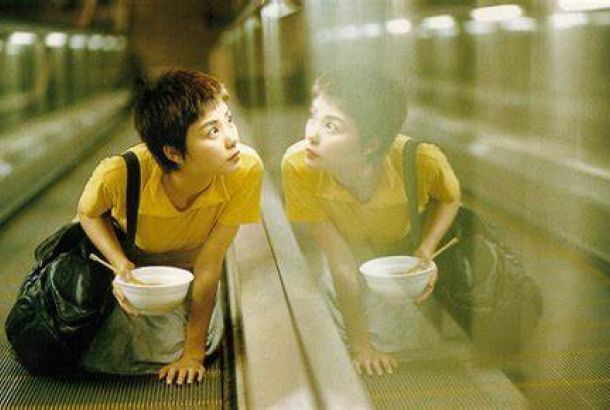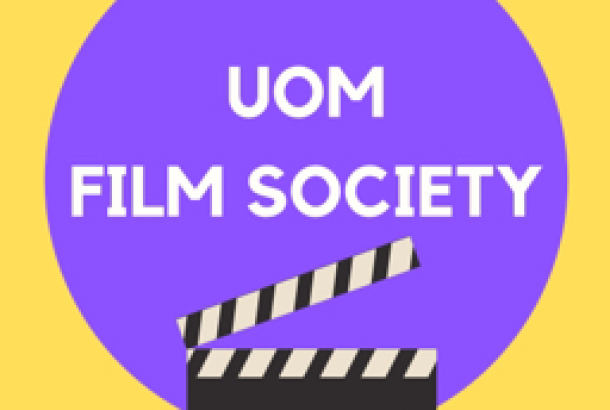Feature: short documentaries of Sergei Loznitsa
Sergei Loznitsa belongs to the generation of Russian filmmakers who were born in the Soviet Union and saw its dissolution at the young age of 25. Loznitsa studied Mathematics and Engineering, but later ended up at the highly selective Gerasimov Institute of Cinematography. His films, therefore, are highly influenced by the people living in the transition from Soviet Russia to a newly-made country. Sergei Loznitsa came into limelight when his feature film My Joy was selected for the main competition at 2010 Cannes film Festival. However, the avant-garde director had already made more than ten feature length and short documentaries.
His short films are rooted in the Russian countryside, and it’s safe to say that he is a distinctly Russian director in all his documentaries. The most flummoxing part of his films is that unlike conventional documentaries, Loznitsa doesn’t provide any voice over or any explanation. There is a clear violation of the beginning, middle and end. Moreover, there is no background music or folly music present in these films, only ambient sound is engineered carefully to maintain the sanctity of the image. Yet, the montage that he presents in his films is breathtaking and provocative. The juxtaposition of images is a work of a world class director. His films are as surreal as Kafka’s novels and as grounded as Ozu’s films.
His film The Train Stop (2000) consists of only people sleeping; for 15 minutes we see people sleeping in different manners, people of different ages and possibly economic backgrounds. In The Settlement (2002), we go into the world of a mental asylum and we see their daily chores. However the film is made in a way that we don’t see them clearly, the people seems like ghosts on screen, a clever way to tell how the people in such a place are viewed as of no importance to the world.
In Portrait (2002), we wander across the quite countryside of Russia, and a milieu of people: Farmers, fishermen, men, women, young, old who are unaware of the socio-political situation of the world. In Factory (2004), the pattern of the montage is the same but only the backdrop is changed, this time we peregrinate in a more noisy factory, full of workers, more mechanical than human, in a pursuit of nothing. The most captivating of all is Blockade (2006) — the film was made out of found footage of the longest siege in World War II, the siege of Leningrad which lasted for 900 days. The film consciously tracks throughout the siege capturing the life of people in various phases.
Loznitsa’s documentaries are quite and meditative, they don’t tell you anything but ask you to think and explore yourself. These films are like the four seasons of Vivaldi — the films will take you to a point and leave you to explore yourself in the hidden worlds that are seldom found in our privileged urban life.







